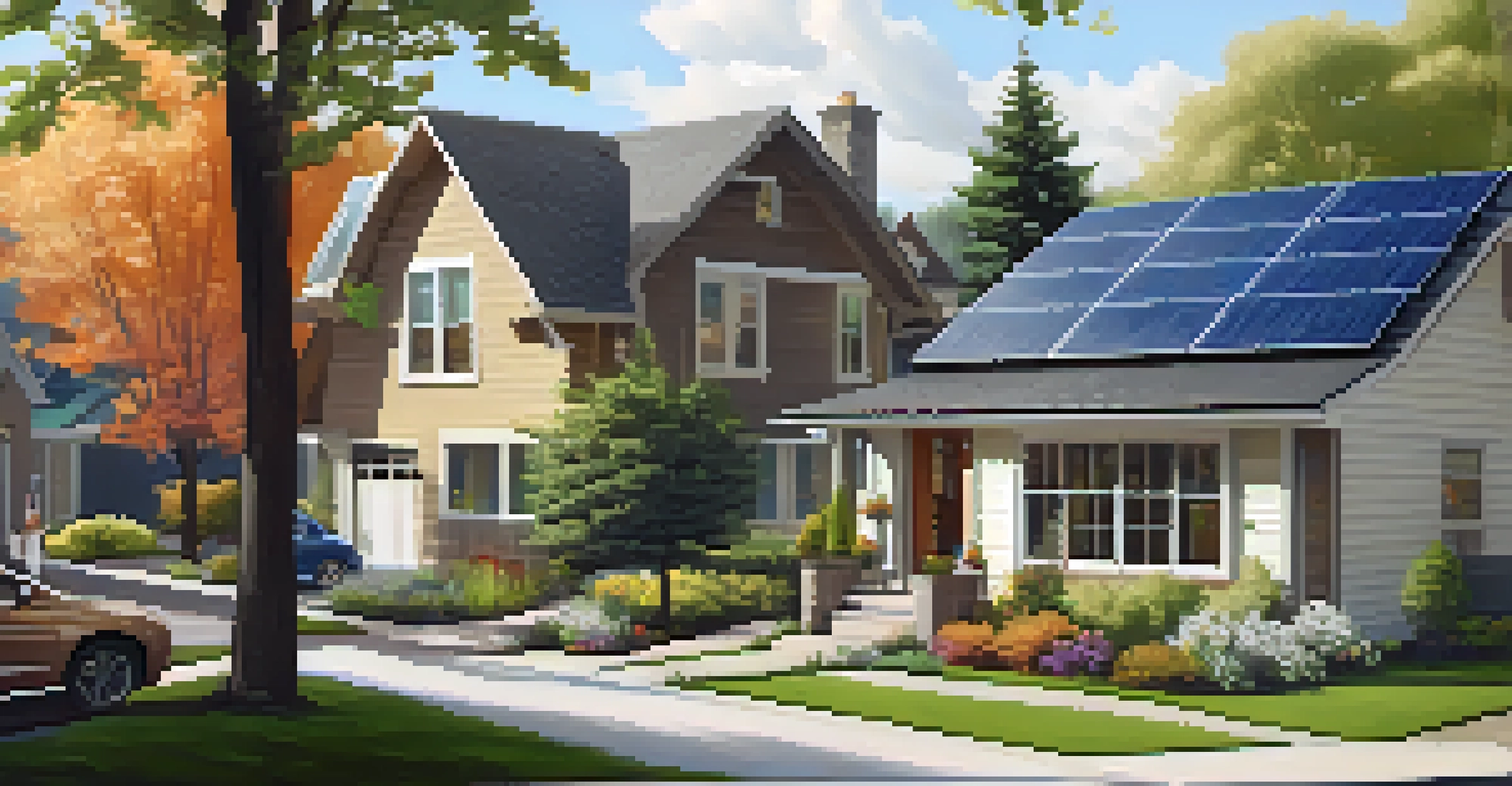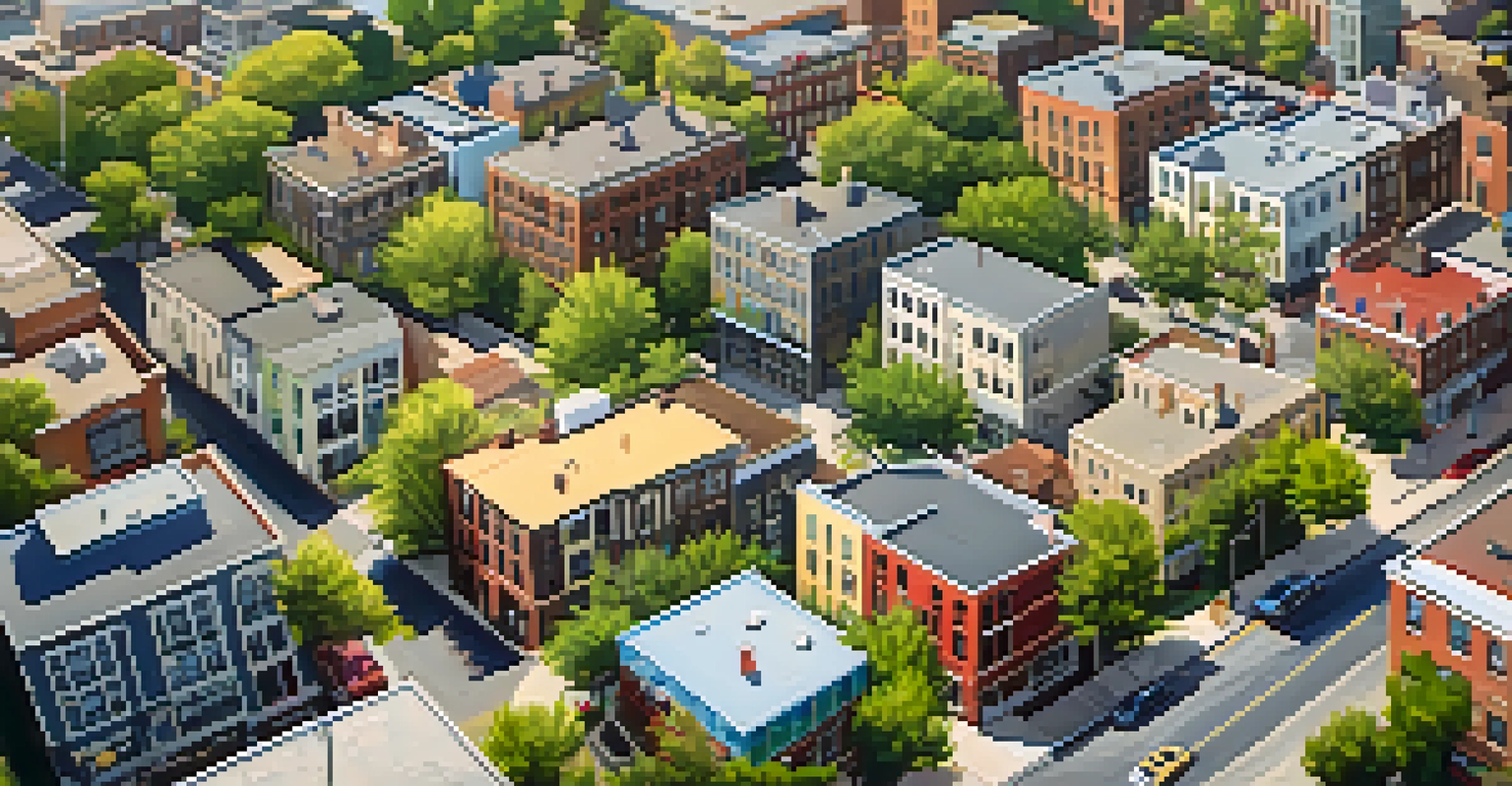Real Estate Trends in Minneapolis: Economic Impacts Unveiled

Minneapolis Real Estate Market Overview: Current Landscape
The Minneapolis real estate market has shown robust growth in recent years, driven by a combination of factors, including job opportunities and a vibrant cultural scene. This city, known for its beautiful lakes and parks, has become increasingly attractive to both residents and investors alike. As more people seek out urban living, housing demand has surged, particularly in neighborhoods that offer a mix of amenities and accessibility.
Real estate cannot be lost or stolen, nor can it be carried away. Purchased with common sense, paid for in full, and managed with reasonable care, it is about the safest investment in the world.
Despite the challenges posed by the pandemic, the market has remained resilient, with property values continuing to rise. The influx of remote workers has also led many to reconsider their living arrangements, with some opting for larger spaces or more suburban settings. Consequently, this shift has influenced the types of properties in demand, creating a diverse landscape of options for buyers and renters.
Understanding the current landscape is crucial for anyone looking to navigate the Minneapolis real estate scene. Whether you're a first-time homebuyer or an investor, being aware of these trends can help you make informed decisions. As we dive deeper into the economic impacts of these trends, you'll see how interconnected they are with the city's growth and development.
Economic Growth: Job Opportunities Fueling Real Estate Demand
One of the primary drivers behind the booming real estate market in Minneapolis is the city's strong economic growth. With a diverse economy that includes sectors like healthcare, finance, and technology, it's no wonder that job opportunities are attracting new residents. The presence of major companies and a growing startup scene have contributed to a steady influx of professionals seeking housing in the area.

As more people move to Minneapolis for work, the demand for housing has intensified. This has led to increased competition in the real estate market, pushing prices upward. Furthermore, the economic stability provided by these industries has encouraged developers to invest in new construction projects, which in turn helps alleviate some of the housing shortages in the city.
Growing Economic Opportunities
Minneapolis' diverse economy is attracting new residents, driving up housing demand and property values.
The correlation between job growth and real estate demand is clear: as employment opportunities increase, so too will the need for housing. This dynamic is vital for potential homeowners, investors, and even renters to understand, as it shapes the overall market landscape. The continued economic growth in Minneapolis suggests that real estate trends will remain favorable for some time to come.
Impact of Interest Rates on Minneapolis Real Estate Trends
Interest rates play a significant role in shaping the real estate market, and Minneapolis is no exception. Over the past year, we've seen fluctuations in mortgage rates, which can either encourage or deter potential buyers. Lower interest rates can make homeownership more accessible, leading to increased demand and consequently, higher property prices.
It's not about the money. It's about the people you have, how you're led, and how much you get it.
Conversely, when rates rise, buyers may hesitate to enter the market, causing a potential slowdown in sales. For those already in the market, higher borrowing costs can limit their purchasing power, prompting many to reconsider their home-buying options. Understanding these dynamics is essential for anyone looking to invest in real estate in Minneapolis or make informed decisions about their current housing situation.
As we navigate these changing interest rates, it's crucial to stay informed about how they influence market trends. For prospective buyers, timing can be everything; keeping an eye on interest rates can help you identify the best opportunities. Ultimately, the relationship between interest rates and real estate is complex but vital for understanding the broader economic impacts.
Neighborhood Dynamics: The Shift in Buyer Preferences
In Minneapolis, buyer preferences have evolved significantly, leading to a shift in neighborhood dynamics. With more individuals working remotely, many are seeking homes in areas that offer a balance of space and community amenities. This trend has resulted in increased interest in neighborhoods that provide access to parks, schools, and local shops, enhancing the overall quality of life.
For example, areas like Northeast Minneapolis and the North Loop have seen a surge in popularity, thanks to their vibrant arts scene and walkable environments. As buyers prioritize lifestyle factors, neighborhoods that previously may have been overlooked are now gaining traction, driving up property values and demand. This shift not only affects residential real estate but also influences commercial properties as businesses adapt to the changing demographics.
Rise of Eco-Friendly Homes
There is a growing demand for sustainable housing options as buyers prioritize eco-friendly features and technologies.
Understanding these neighborhood dynamics is crucial for potential buyers and investors alike. By identifying areas that align with current trends, you can make more strategic investments and find homes that fit your lifestyle. As Minneapolis continues to grow and evolve, staying attuned to these neighborhood shifts will be key in navigating the real estate market.
Sustainability Trends: Eco-Friendly Homes on the Rise
As awareness of environmental issues grows, so too does the demand for sustainable and eco-friendly homes in Minneapolis. Buyers are increasingly seeking properties that not only meet their living needs but also align with their values regarding sustainability. This trend has prompted builders and developers to incorporate green technologies and energy-efficient designs into new constructions.
From solar panels to energy-efficient appliances, eco-friendly features are becoming more prominent in the real estate market. These sustainable options not only reduce the environmental footprint but can also lead to long-term savings on utility bills. As a result, homes with green certifications or energy-efficient upgrades are often more appealing to buyers, potentially commanding higher prices.
The rise of sustainability trends in real estate reflects a broader societal shift towards environmentally conscious living. For prospective buyers, considering the eco-friendliness of a property can provide significant benefits, both financially and ethically. As this movement continues to gain momentum, it's likely that sustainability will remain a key factor in the Minneapolis real estate market.
The Role of Technology in Minneapolis Real Estate
Technology is revolutionizing the way we buy and sell real estate, and Minneapolis is no exception. From virtual tours to online listings, the digital landscape has made it easier for buyers to explore properties without ever setting foot inside. This shift has been particularly beneficial during times when in-person interactions may be limited, allowing for a seamless home-buying experience.
Additionally, data analytics and artificial intelligence are transforming how real estate professionals approach marketing and sales. By leveraging data-driven insights, agents can better understand buyer preferences and tailor their strategies accordingly. This not only enhances the efficiency of the buying process but also provides a more personalized experience for clients.
Shifting Neighborhood Preferences
Remote work is changing buyer preferences, leading to increased interest in neighborhoods with community amenities and green spaces.
As technology continues to evolve, its integration into the real estate market will undoubtedly grow. For buyers and sellers in Minneapolis, embracing these technological advancements can streamline transactions and create new opportunities. Staying ahead of the curve in this digital age is essential for anyone looking to succeed in the competitive real estate landscape.
Future Predictions: What Lies Ahead for Minneapolis Real Estate
As we look ahead, the future of the Minneapolis real estate market appears promising, yet it remains influenced by various factors. Economic growth, job opportunities, and a continued focus on sustainability are likely to shape the landscape in the coming years. Additionally, as the city adapts to changes in buyer preferences and technology, we can expect to see further innovations in the market.
However, potential challenges may arise, such as fluctuations in interest rates and shifts in the national economy. These factors could impact buyer confidence and housing demand, making it essential for stakeholders to remain vigilant and informed. By understanding these potential scenarios, buyers and investors can better prepare for the future and make strategic decisions.

Ultimately, the Minneapolis real estate market is dynamic and ever-evolving. By keeping an eye on current trends and anticipating future changes, individuals can navigate this landscape effectively. Whether you’re looking to buy, sell, or invest, understanding the trends and economic impacts will empower you to make informed choices for your real estate journey.